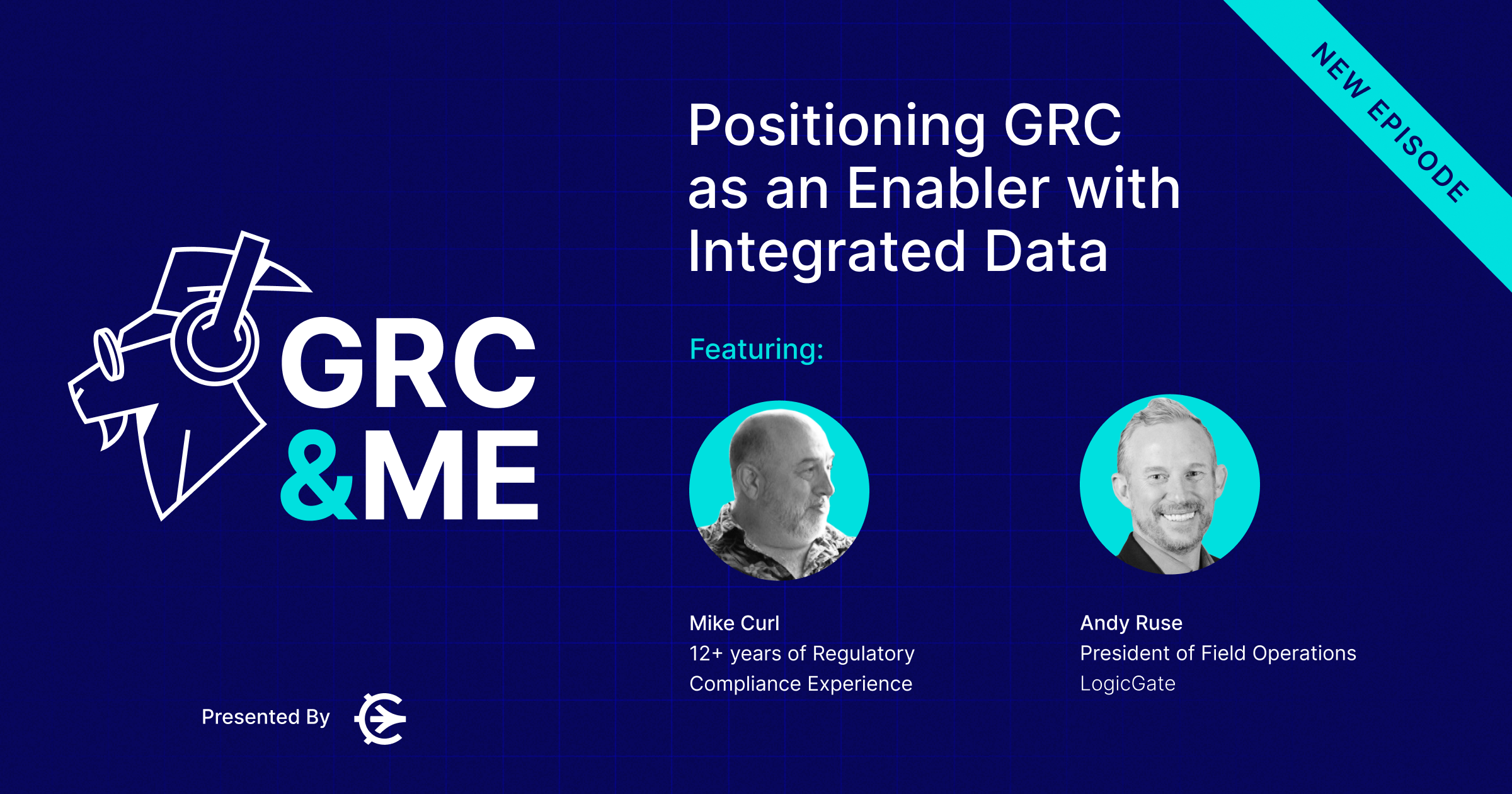Use the phrase “We need to improve and maintain regulatory compliance” in a crowded room at just about any company, and you’ll likely be met with a collective groan as frontline employees take it to mean that their day-to-day work will be analyzed and weighed against metrics set by scrutinous compliance managers.
Just ask Mike Curl. He’s most recently worked as a Regulatory Data Manager at Honeywell, where he was responsible for setting and tracking those exact metrics.
“We were the oddball uncle that came out at the holidays and harped at everybody, and nobody was that happy to see us because we only showed up when something was wrong,” Curl said of the experience.
But, he found a way to beat the grassroots backlash: He flipped the script. Instead of setting top-down metrics on an executive dashboard, Curl and his team went out and met the frontline employees, observed how they worked, and asked them what could be done to make their jobs easier in a way that was also compliant.
“The first thing I did was come to them and say ‘What's difficult?’ I started at the bottom, but I went to every level and said ‘Where are your challenges? What aren't you getting?’” Curl said. “We were right in there with the manufacturing teams.”
He used the information he gathered from the frontlines to inform his compliance metrics, tracking, and reporting. Soon, he was able to start seeing where misalignment was holding up work, and where work was unevenly distributed. All that data fed executive dashboards that allowed leadership to become proactive about compliance, rather than continuing to lean on the reactive approach they had been relying on.
“We were able to say ‘Hey, we see this heading off the rails’ before we ever got there. Once quality and regulatory and risk all had that joined voice, people started to see we're not just there to slap your hands. We're there to help you not have a problem.
Curl gave the frontline employees the opportunity to provide feedback into how the dashboards were developed so that they would be as helpful as possible to their work, then opened up the final product in LogicGate Risk Cloud to the employees themselves. That empowered them to start balancing workloads and improving productivity, all while maintaining compliance.
“It turned into data on demand,” Curl said. “The groups that needed the data got it immediately, didn't interrupt our workflow, and in some cases, our customers went from three-day turnaround times on a request to having an email with the document in it sent to the customer before the phone call to customer service ended. It made everybody's life so much better.”
